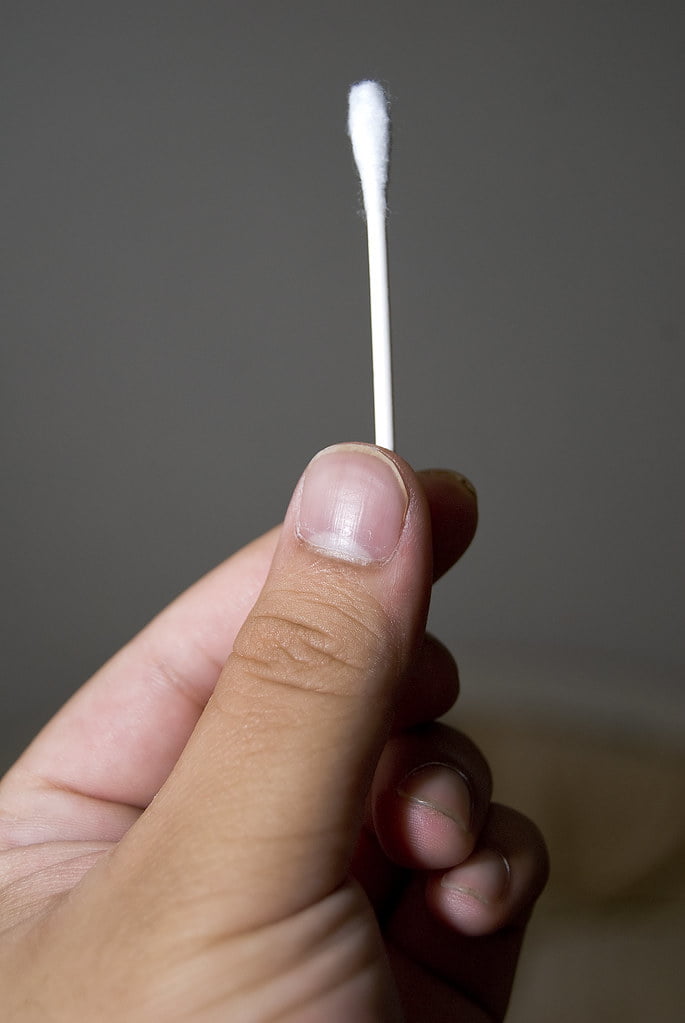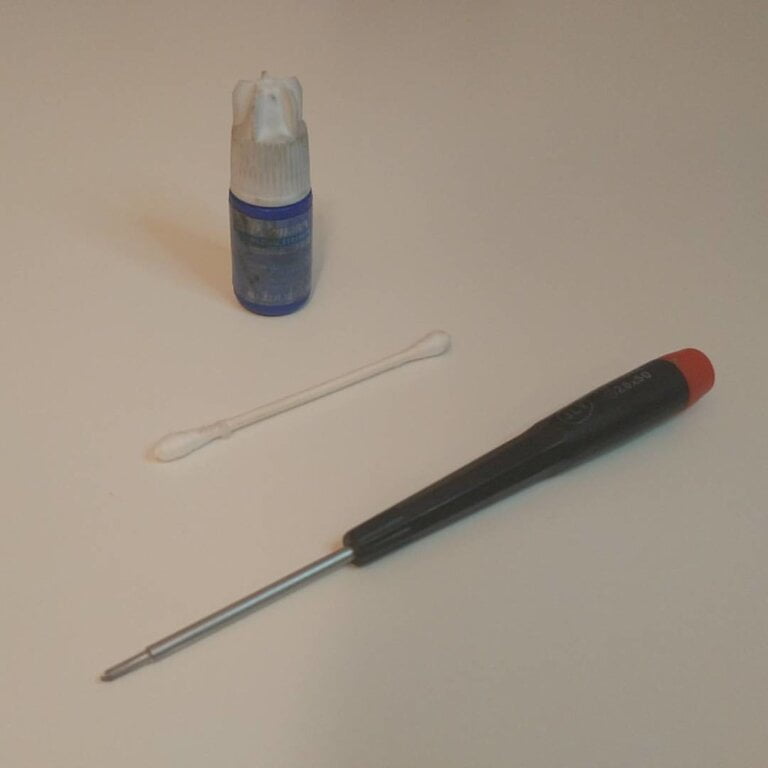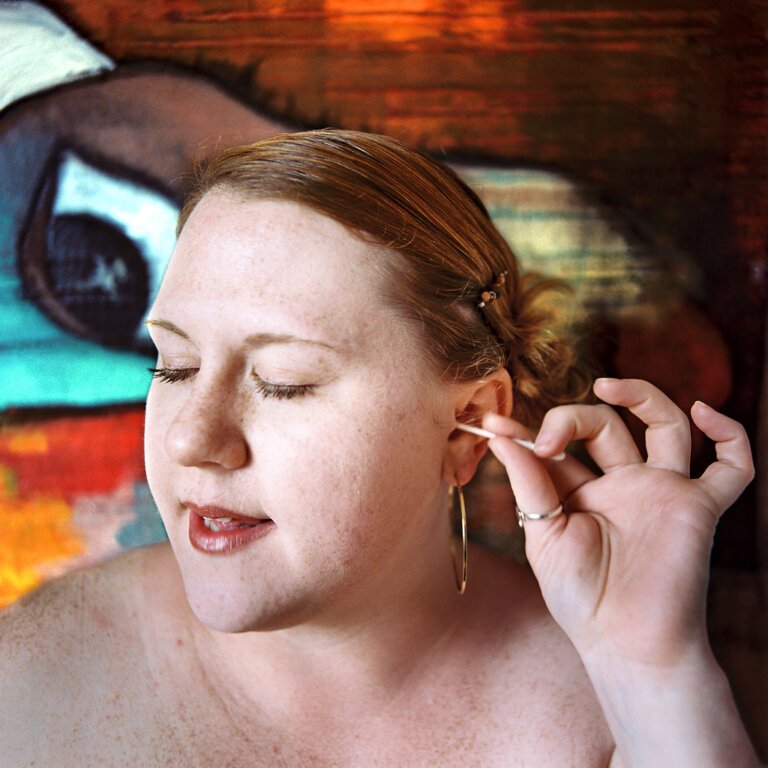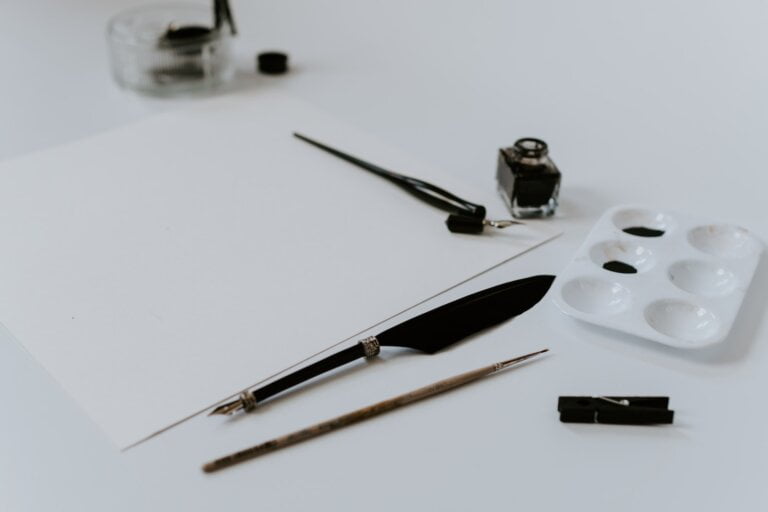Understanding Ear Anatomy: Unlocking the Secrets of Your Ears’ Inner Workings
The human ear is an intricate and fascinating organ that plays a crucial role in our ability to hear and perceive sound. From its external structures to the complex internal workings, the ear is a marvel of biological engineering. In this article, we will delve into the intricacies of ear anatomy and unravel the secrets behind its functioning.
The External Ear
The journey to understanding the inner workings of the ear begins with its external structures, collectively known as the outer ear. The outer ear consists of the pinna, also known as the auricle, and the ear canal.
Pinna (Auricle)
The pinna, the visible part of the ear on the side of our head, serves as a funnel for sound waves. Its unique shape and contours help in collecting and directing sound waves towards the ear canal. The pinna, although often overlooked, plays an important role in sound localization and amplification.
The pinna not only helps in collecting sound waves but also aids in determining the direction from which the sound is coming. Its shape and position on the head allow for the localization of sound sources. The contours of the pinna cause certain frequencies to be amplified, enhancing our ability to hear sounds in specific frequency ranges. For example, the shape of the pinna helps us hear high-frequency sounds like birdsong and the rustling of leaves more clearly.
Ear Canal
The ear canal, also called the external auditory meatus, is a narrow and tubular passage that connects the pinna to the middle ear. It is lined with specialized cells that produce earwax, or cerumen, which helps protect the ear by trapping dust, debris, and harmful microorganisms.
The ear canal plays an essential role in the transmission of sound waves from the pinna to the middle ear. It acts as a pathway for sound, allowing the waves to travel deeper into the ear. The specialized cells lining the ear canal produce earwax, which serves as a natural defense mechanism. Earwax helps to lubricate the ear canal, preventing dryness and irritation. It also acts as a barrier, trapping particles like dust and debris, preventing them from reaching the delicate structures of the middle and inner ear.
The Middle Ear
Moving deeper into the ear, we encounter the middle ear, a small and air-filled cavity located between the eardrum and the inner ear. The middle ear consists of three tiny interconnected bones, known as the ossicles, and the Eustachian tube.
Ossicles
The ossicles, comprising the malleus (hammer), incus (anvil), and stapes (stirrup), are the smallest bones in the human body. They form a delicate chain that transmits sound vibrations from the eardrum to the inner ear. These bones amplify and transmit sound waves, effectively bridging the gap between the eardrum and the inner ear.
The ossicles play a crucial role in the process of sound transmission. When sound waves reach the eardrum, they cause it to vibrate. These vibrations are then transferred to the ossicles, specifically the malleus. The malleus, connected to the eardrum, moves the incus, which, in turn, moves the stapes. As the stapes moves, it transfers the vibrations to the oval window, a membrane-covered opening that leads to the inner ear. This transfer of vibrations amplifies the sound, allowing us to hear even faint sounds.
Eustachian Tube
The Eustachian tube connects the middle ear to the back of the throat. It plays a vital role in regulating air pressure within the middle ear, ensuring that it is equalized with the atmospheric pressure. The Eustachian tube opens temporarily during activities such as swallowing, yawning, or chewing, allowing air to enter or exit the middle ear.
The Eustachian tube is responsible for maintaining equal pressure on both sides of the eardrum. When the atmospheric pressure changes, such as during air travel or going up or down a mountain, the Eustachian tube opens to allow air to flow in or out of the middle ear, equalizing the pressure. This equalization of pressure is crucial for the proper functioning of the eardrum and the ossicles. If the pressure is not equalized, it can cause discomfort, pain, and even temporary hearing loss.
The Inner Ear
The inner ear is the most intricate and vital part of the ear, responsible for converting sound vibrations into electrical signals that can be interpreted by the brain. It consists of two main structures: the cochlea and the vestibular system.
Cochlea
The cochlea, shaped like a snail shell, is responsible for the sense of hearing. It contains thousands of tiny hair cells that convert sound vibrations into electrical signals. These signals are then transmitted to the brain via the auditory nerve, allowing us to perceive different pitches and volumes of sound.
The cochlea is a coiled, fluid-filled structure that plays a crucial role in the process of hearing. When sound vibrations enter the cochlea, they cause the fluid inside to move, stimulating the hair cells. The hair cells, located on the basilar membrane within the cochlea, convert the mechanical vibrations into electrical signals. These electrical signals are then transmitted to the brain through the auditory nerve, where they are interpreted as different pitches and volumes of sound. The cochlea’s remarkable structure allows us to perceive a wide range of sounds, from the softest whispers to the loudest explosions.
Vestibular System
The vestibular system, located adjacent to the cochlea, is responsible for our sense of balance and spatial orientation. It consists of three semicircular canals and two otolith organs. These structures detect changes in head position and movement, providing us with a sense of equilibrium.
The vestibular system works in conjunction with the cochlea to maintain our sense of balance and spatial orientation. The semicircular canals detect rotational movements of the head, while the otolith organs detect linear accelerations and changes in head position. These structures contain specialized hair cells that are sensitive to movement and gravity. When the head moves or changes position, the fluid inside the semicircular canals and otolith organs moves, stimulating the hair cells. This stimulation sends signals to the brain, allowing us to maintain our balance and perceive our position in space accurately.
The Auditory Pathway
Understanding the inner workings of the ear would be incomplete without exploring the auditory pathway, which involves the transmission of sound signals from the ear to the brain for interpretation.
When sound waves enter the ear, they are funneled by the pinna and travel through the ear canal until they reach the eardrum. The sound waves cause the eardrum to vibrate, which, in turn, sets the ossicles in motion. The ossicles amplify and transmit the vibrations to the cochlea in the inner ear.
Within the cochlea, the hair cells are stimulated by the vibrating fluid, initiating an electrical response. This electrical signal is then transmitted to the brain through the auditory nerve. The brain processes these signals, enabling us to perceive and interpret sounds.
Caring for Your Ears
Now that we understand the intricate anatomy and workings of our ears, it is essential to prioritize ear care to maintain optimal hearing health. Here are some tips to keep your ears in good condition:
- Protect Your Ears: Use earplugs or earmuffs in noisy environments to prevent damage to your hearing. Exposure to loud noises can lead to noise-induced hearing loss, so it’s crucial to take steps to protect your ears from excessive noise.
- Avoid Excessive Earwax Removal: While it is important to keep the ear canal clean, avoid using cotton swabs or other objects to remove earwax, as it can push it deeper into the ear or cause damage. The earwax naturally migrates out of the ear canal, so gentle cleaning on the outer part of the ear is usually sufficient.
- Keep Ears Dry: Moisture in the ears can lead to infections. Dry your ears thoroughly after swimming or showering. Tilt your head to the side and gently pull your earlobe to allow any trapped water to drain out. Avoid inserting objects into the ear canal to dry it, as this can cause injury.
- Limit Exposure to Loud Noises: Prolonged exposure to loud noises can cause permanent hearing damage. Take breaks, use ear protection, and keep the volume at a moderate level when using headphones or earphones. It’s important to be mindful of the volume level and duration of exposure to loud sounds to protect your hearing.
Understanding the intricate anatomy and functioning of our ears allows us to appreciate the complexity of this remarkable organ. By taking care of our ears and prioritizing hearing health, we can continue to enjoy the world of sounds and the wonders of the auditory experience.
FAQ
Q: What are the external structures of the ear called?
A: The external structures of the ear are collectively known as the outer ear, which consists of the pinna (auricle) and the ear canal.
Q: What is the role of the pinna (auricle)?
A: The pinna serves as a funnel for sound waves, collecting and directing them towards the ear canal. It also helps in sound localization and amplification.
Q: What is the function of the Eustachian tube?
A: The Eustachian tube connects the middle ear to the back of the throat and helps regulate air pressure within the middle ear. It opens temporarily during activities like swallowing or yawning to equalize the pressure.
Q: How does the cochlea contribute to our ability to hear?
A: The cochlea, shaped like a snail shell, contains tiny hair cells that convert sound vibrations into electrical signals. These signals are then transmitted to the brain via the auditory nerve, allowing us to perceive different pitches and volumes of sound.







